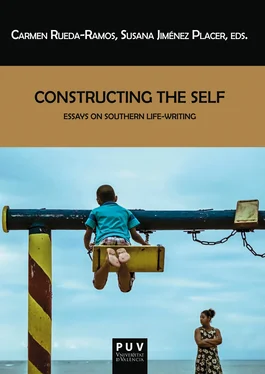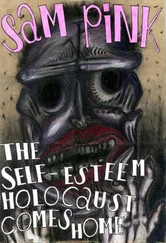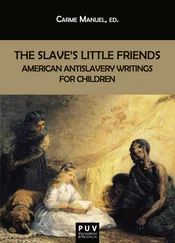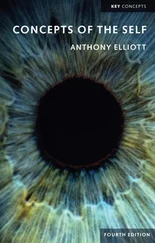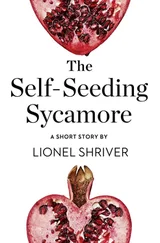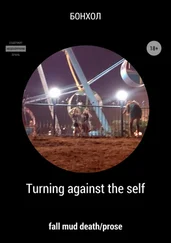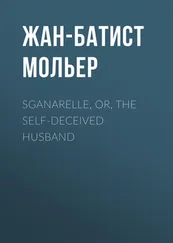From here, Fleischner goes on to discuss Freud’s idea of the “compulsion to repeat”:
the idea that, over the course of a life, each individual symbolically restages powerful experiences out of a complex tangle of motivations: to test, verify, and correct reality; and to master or give vent to underlying feelings of rage, fear, frustration, and pressures for revenge. In this way, the psychoanalytic model of the vicissitudes of remembering is consonant with . . . the autobiographical project to ‘supplement’ a ‘never acceptable’ past. (20)
Although the Freudian compulsion to repeat is presumably less conscious and perhaps also more urgent than the autobiographer’s desire to retell his or her life story as literature, the analogy between these two forms of “repetition” holds, suggesting, in Fleischner’s words, “that there is a continuum between unconscious and self-conscious narrative positions along which all narrators move” (20). In other words, individuals’ narration of their memories in autobiography is inextricably linked to their earlier and ongoing narration of their memories to themselves in an effort, as historian Jacquelyn Hall puts it, to “secure their identities” (440).
Recognizing similarities between the memory work of autobiographers and the everyday workings of memory on a conscious and subconscious level helps us to see the ways in which our experiences and the stories we tell about them do, in effect, create us. Even when they are crafted into literary dramas of social inequality, black and white autobiographers’ childhood stories often remain open-ended, retaining some part of the trauma that could make a particular moment unacceptable and thus destined for repetition in both the psychoanalytic and the narrative senses of the word. It is in the lack of closure that we can read black and white southern children’s dramas of socialization—dramas that are marked by an irresolution and depth of emotion that suggests that a meaningful interaction between the individual and his or her culture has taken place. These are moments when one learns, in Walter White’s words, that “there is no isolation from life”—that social categories impinge upon individual psychology, shaping individuals’ thoughts, feelings, and convictions at a level beneath consciousness, beyond even the autobiographer’s, much less the experiencing subject’s, control. Thus, in Killers of the Dream , Lillian Smith compared her lost sisterhood with Janie to a splinter that “worked its way . . . down to the hurt places in my memory and festered there” (38). Many other autobiographers assert along with James McBride Dabbs that they “never forgot” or were, in fact, unable to forget the moments of racial learning they describe (11). It is the unforgettable quality of such moments—the almost inevitable seepage of underlying feelings of rage, fear, frustration, confusion, guilt, or pain into even the most calculated narratives—that reveals their true formative power.
In short, there is something of unusual value to historians in autobiography’s retrospective and constructed nature. In autobiography and in related forms such as oral history, men and women of an earlier time draw on inside information that only they can possibly know to offer their own interpretations of how they came to be who they are. And though these autobiographical assessments are merely interpretations, they retain a link to the selves in question that no other person’s (and certainly no historian’s) necessarily outside observations can share.
As problematic as it may be for someone to extract an experience from the minute-by-minute flow of existence and say “this is the moment when . . . ,” it is equally true that we all do so all the time in our own minds. As Lillian Smith noted just before recounting her story about finding and losing Janie in Killers of the Dream , “to excerpt from a life and family background one incident and name it as a ‘cause’ of change in one’s life direction is a distortion and often an irrelevance. The hungers of a child and how they are filled have too much to do with the way in which experiences are assimilated to tear an incident out of life and look at it in isolation” (30). And yet Smith did go on to tell her story as a story , a snippet of experience, a coherent narrative with a beginning, a middle, and an end. Like Smith, we tend to think in terms of stories even though we know, if we think about it, that every beginning has antecedents and no ending equates to the end of a story’s possible significance in our unfolding lives. Indeed, one could argue that meaning exists only in the present, in our perpetual reinterpretation of our memories, which itself depends mainly on what we need any particular memory for at any particular time. Clearly, black and white southern autobiographers needed their stories of childhood racial learning to explain the Jim Crow system and their part in it. Their dramas of socialization, which they often narrated in a highly self-conscious form as dramas of social inequality, are not merely literary constructs but measured doses of perception and understanding. Such stories help us see not only what black and white southern children experienced, but also what part of their experiences they could take in, how they assimilated those experiences, and how they remembered and repeated them throughout their lives.
Works Cited
Dabbs, James McBride. The Southern Heritage . New York: Alfred A. Knopf, 1958. Print.
Eakin, Paul John. Touching the World: Reference in Autobiography . Princeton: Princeton UP, 1992. Print.
Fabre, Michel. The Unfinished Quest of Richard Wright . Trans. Isabel Barzun. Urbana: U of Illinois P, 1993. Print.
Fleischner, Jennifer. Mastering Slavery: Memory, Family, and Identity in Women’s Slave Narratives . New York: New York UP, 1996. Print.
Gaines, Kevin K. Uplifting the Race: Black Leadership, Politics, and Culture in the Twentieth Century . Chapel Hill: U of North Carolina P, 1996. Print.
Hall, Jacquelyn Dowd. “‘You Must Remember This’: Autobiography as Social Critique.” Journal of American History 85.2 (1998): 439-465. Print.
Hobson, Fred. Tell About the South: The Southern Rage to Explain . Baton Rouge: Louisiana State UP, 1983. Print.
Janken, Kenneth Robert. White: The Biography of Walter White, Mr. NAACP . New York: The New Press, 2003. Print.
McLaurin, Melton. “Rituals of Initiation and Rebellion: Adolescent Responses to Segregation in Southern Autobiography.” Southern Cultures 3.2 (1997): 5-24. Print.
---. Separate Pasts: Growing Up White in the Segregated South . Athens: U of Georgia P, 1987. Print.
Painter, Nell Irvin. “‘Social Equality,’ Miscegenation, Labor, and Power.” The Evolution of Southern Culture . Ed. Numan V. Bartley. Athens: U of Georgia P, 1988. 47-67. Print.
Ritterhouse, Jennifer. Growing Up Jim Crow: How Black and White Southern Children Learned Race. Chapel Hill: U of North Carolina P, 2006. Print.
Scott, Joan W. “The Evidence of Experience.” Critical Inquiry 17 (Summer 1991): 773-97. Print.
Smith, Lillian. “Growing Into Freedom.” Common Ground 4 (Autumn 1943): 50-51. Print.
---. Killers of the Dream . 1949. New York: Norton, 1994. Print.
Smith, Sidonie, and Julia Watson. Reading Autobiography: A Guide for Interpreting Life Narratives . Minneapolis: U of Minnesota P, 2010. Print.
Wallach, Jennifer Jensen. Closer to the Truth than Any Fact: Memoir, Memory, and Jim Crow . Athens: U of Georgia P, 2008. Print.
White, Walter. A Man Called White . New York: The Viking Press, 1948. Print.
Читать дальше
